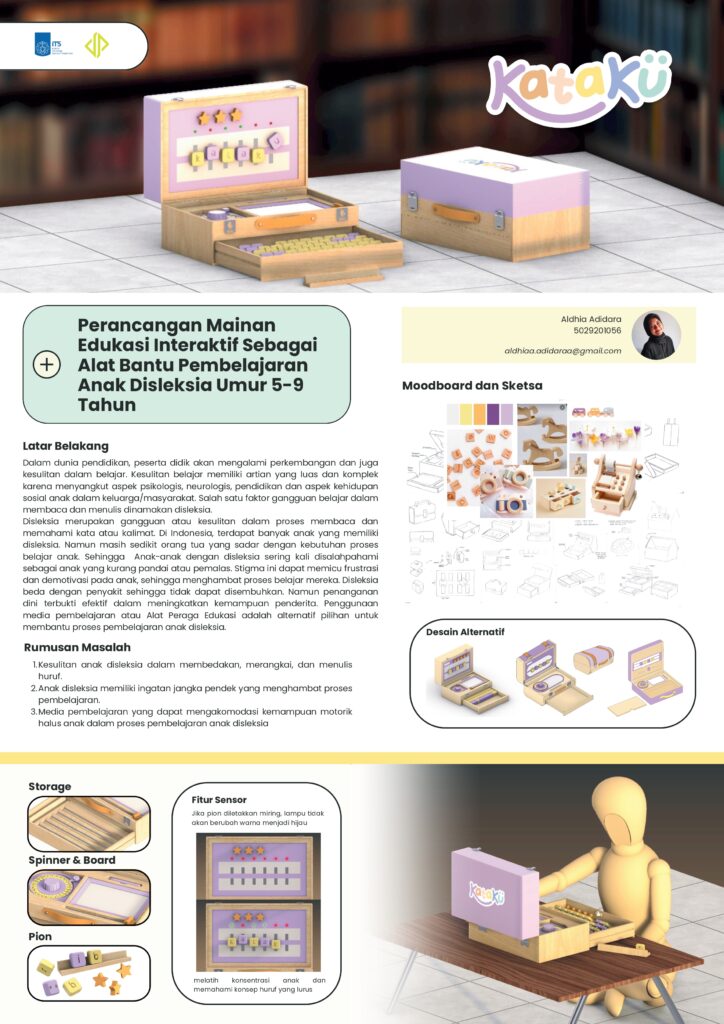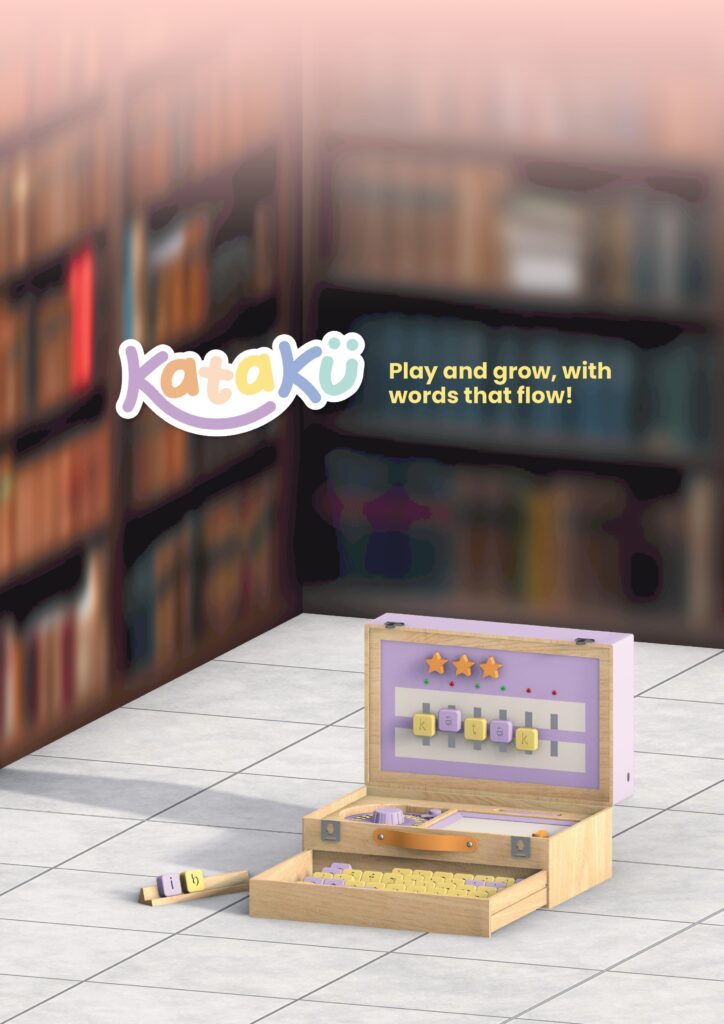Dyslexia is a disorder in language skills, both in reading and writing. Dyslexia generally occurs due to cognitive impairment factors centered on the nervous system. Dyslexia is one of the learning disabilities whose prevalence ranges from 5 to 17.5% in the school-age population. Based on data from the Indonesian Dyslexia Association, as a diagnostic and intervention center for children with dyslexia, the Indonesian Dyslexia Association has treated more than 800 cases since 2005. This is a high number when compared to India which has a dyslexia prevalence of 11.2%, Kenya 7.49% and America 5-17%. Children who have dyslexia experience delays in following and understanding the learning process. These delays can lead to negative stigma, both from children, parents and teaching staff. One of the learning methods for dyslexic children is the Fenarld Method. This method requires educational props for the learning process. For this reason, it is necessary to design educational aids that can help dyslexic children in the learning process. In this design, observations were made at the Surabaya City Library and Archives Office (Dyslexia Corner) as a place of therapy for dyslexic children. This research aims to create alternative learning media at Dyslexia Corner. This game focuses on the learning stages of dyslexic children in composing letters and writing. The methods used are literature study, observation, and interviews that result in customer journey map analysis to find out the activities and needs of dyslexic children. The props are made with a fun concept, use geometric shapes, and have an easy game flow.


